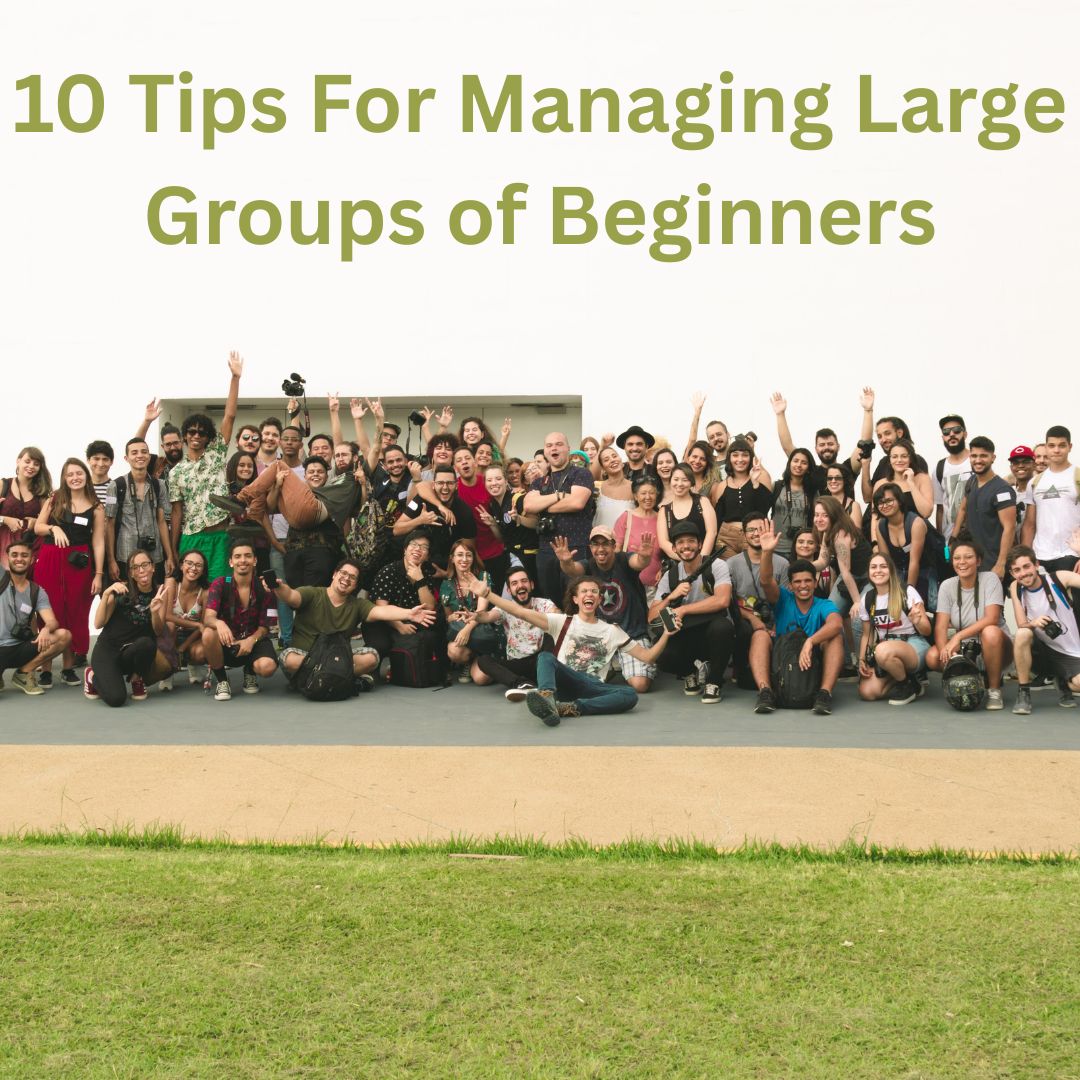These tips were developed at a Title 1 school where my classes were very large and the students did not have a good culture of behavior in their other classes. They behaved in mine, but I had to work at it.
#1 Pray
I’m not kidding! I pray for wisdom on an almost daily basis. An idea on what to do often comes to me after praying, something specific that works for that group only.
#2 Keep Them Engaged
Play. Play a lot. Talk less. When you think you’re talking less, reduce it even more. Review. Review again. Fix one thing and then review; don’t try to fix the 25 things that are wrong. When students seem distracted – like they might on a snow delay day or the day before a break – I sometimes chuck most of the lesson plan and go back and review – which means we play – then quickly go to the next exercise. I also test a lot. You don’t want to take a whole class period just for testing, especially with beginners, they’re going to get unfocused, undisciplined, sidetracked. I usually test two to three at a time. Then we play another exercise. Test two or three more, another exercise.
#3 Develop Routines
How to walk into class. How to get your instrument. How to sit down. You may need to practice this (see what to do the first week of school). You may have to meet your students in the hall the day after a bad day. Start with “this is how we walk into the classroom.” They WILL resist, but they will learn.
#4 Use Student Coaches/Teachers
Let some of the advanced kids coach some of the ones that are struggling. Keep this short. Keep it voluntary. Not all of them have the right personality for this. Some of the more outgoing students will be ready to do this. Send them into a practice room (that you can see in) for two or three minutes, then have them come out and show you what they’ve been working on. This helps to keep them accountable.
#5 Standing On The Podium Means Redirect
When I step up on the podium, it means all talking and playing has to stop. In some classes this alone didn’t work. In that case, I made everybody stand when I stepped onto the podium. We practiced that until everyone had it right. There were lots of complaints, but eventually we had everyone being quiet. Then and only then did I remove the standing requirement. Sometimes we still had to practice standing again. One class took 13 times of standing to learn. You have to hold them accountable. No talking. No noise. No whispering.
#6 Allow Short Bursts of Individual Practice
Here’s how I do this with beginners. I demo the new exercise. I tell them to take one or two minutes on their own. And then we all play it together. This is especially effective when they’re learning a new note or a new technique, something that’s going to be a little bit different for them. Give them two minutes. What if they don’t use that time wisely? It takes me a week or two, but I tell students that I am giving them practice time and I expect them to use it. If they don’t, I assume they know the material and are ready to test on it.
#7 Reward Positive Behavior. Punish Negative Behavior
Try to focus on the positive. There are many students in class who hate it when other students disrupt their learning. My philosophy is that I won’t allow a student to disrupt the learning of others. I’ve used band bucks, a $1 bill with my picture superimposed and copied onto green paper. Students earn these for positive things they do, and then can spend them in a school store. Be careful with incentives as some students can end up feeling entitled.
#8 Incorporate Rest and Play Positions
This is especially effective when you’re trying to give instruction between songs and you don’t want anyone noodling on their instrument. Orchestra and guitar students like to make noises on their strings. Rest position for orchestra…instruments on their lap, straight up and down strings facing me. Guitar rest position…face down on your lap. This prevents them from being tempted to play while I’m talking. Have students practice these positions. Demand 100% compliance. State, “We’re going to keep doing this until everyone does it quickly.” Call out the student’s name who’s not getting it quickly enough. This technique uses peer pressure for positive behavior.
#9 Play First – Announce Later
In my early years of teaching, announcements were at the beginning. I would take time out for attendance. Now we start playing within three or four minutes of class beginning. If I have announcements, I put those in later. For attendance, I have my seating chart in a page protector. I take attendance with a dry erase marker. Slash through those absent. It takes me 30 seconds.
#10 You Control a Valuable Commodity – Time
Are students talking when they’re not supposed to? Are they sitting with poor posture even after constant reminders? During the three minutes I allow everyone to put their instruments away, those students have to see me instead. We practice posture. We practice not talking. They complain and claim they won’t have enough time to get to their next class. I only have to do this with students a few times before they get the message that I will hold them accountable.
I hope that these 10 tips for managing a large group of beginners have been helpful to you.
James is the author of Almost Everything I’ve Learned About Teaching Band. He has served private, suburban, and Title 1 schools and now teaches at a charter school. Find out more about James at www.jamesdivine.net Subscribe to his podcast Almost Everything I’ve Learned About Teaching Band.
